-
Fry

Re: Dam!
Well, guess I can share this bit of information I have known but not often shared, about dams and salmon/steelhead smolts on the Columbia River: A buddy of mine used to be a fisheries tech. for the USGS, and collected information on radio tags implanted in Steelhead and Salmon smolts--some were wild, some were hatchery fish. The transmitters gave the USGS data as to the migration of the smolts, which they collected to monitor how they passed through the Columbia River system, including dams and fish ladders.
One incredibly interesting fact of the study that my friend shared with me was that hatchery smolts stayed high in the water column during migration. What this means is they haven't adapted a fear of airial/surface predators (birds, man, otters, etc...), and their habit is to be in the surface to look for feed (learned behavior from most hatcheries {there are exceptions...}). This puts them in a better position to be caught in nets for transport in the trucks used by federal and state agencies to transport fish through the dams; keep in mind, this is downstream migration of juvenile fish, looking for the ocean to get big in. They also are more able to make it over the spill-ways in to fish ladders, which are at the top of the dams.
Native/wild fish, on the other hand, tend to stay deep in the water column. This reduces predation on the overall population, but leaving them to die trying to find their way to the ocean, because they also aren't as available to catch in nets for transport, nor able to reach the spill-overs to the ladders.
Them there are the facts. It also doesn't tell my complete feelings on dams--which would be a novellete if written out. But, I do not agree with dams that block fish migration. We have other ways to ship and make electricity, as well as store water and irrigate. But, it's also very clean electricity, and a lot of it.... The Columbia River used to have the largest salmon run in the US, as well as the largest-sized strain of Chinook Salmon in the US/N. America! Used to....
 Members who have read this thread: 0
Members who have read this thread: 0
There are no members to list at the moment.
 Posting Permissions
Posting Permissions
- You may not post new threads
- You may not post replies
- You may not post attachments
- You may not edit your posts
-
Forum Rules

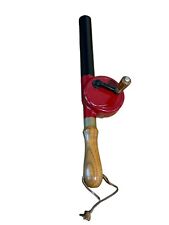
Vintage Fire Stoker Fishing Pole Wind Up Maroon And Black Rare
$35.00
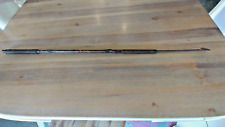
Antique Primitive Handmade Bamboo 37 1/2" Harpoon With Forged Iron Spear
$130.00
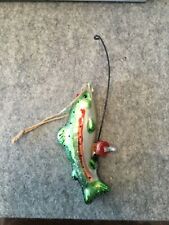
POTTERY BARN CHRISTMAS ORNAMENTS FISH AND FISHING POLE GLASS
$10.00
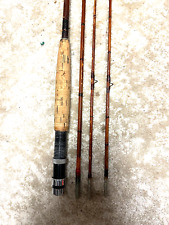
vintage 7' bamboo 4 piece fly fishing rod pole Country Decor man cave
$66.50

Japanese Taisho Silver Okimono - Ibitsu W/ Fishing Rod & Fish
$999.00
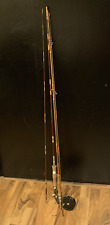
2 Vintage Fishing Rod Poles Reels - 7 ft - Actionrod Tubular #4280 Glass
$69.99
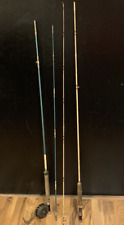
2 Vintage Fishing Rod Poles Reels 7 Feet Blue and Tan Color
$69.99
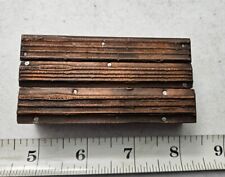
Vintage Letterpress Printing Block Bamboo Fishing Rod Lot
$60.00

Antique Vintage Chinese Carving Asian Fisherman Fish Rod 12”
$59.99
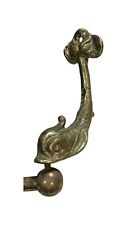
Curtain Rod Victorian Brass Chinese Koi Fish Rare Hand Towel Bar Antique Ornate
$199.99





 Reply With Quote
Reply With Quote











Bookmarks